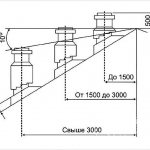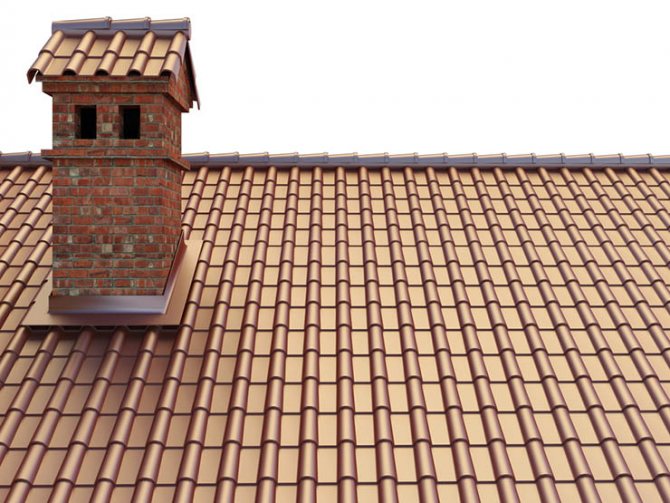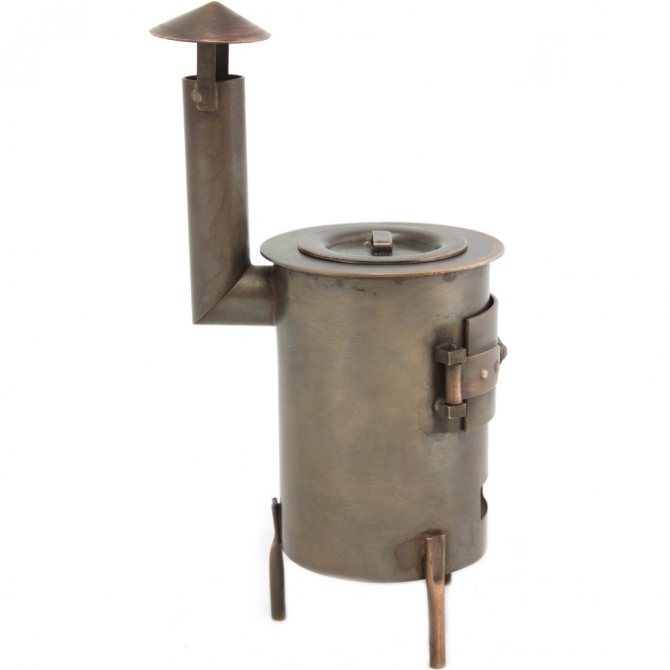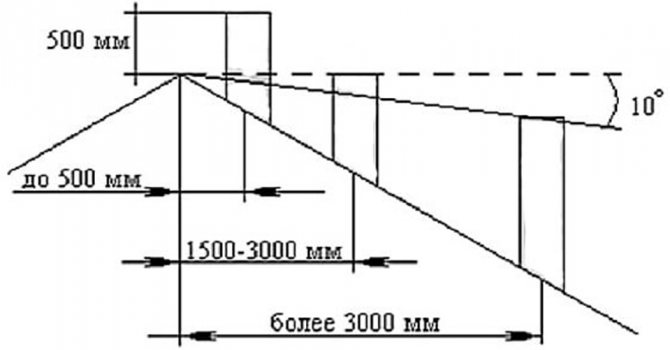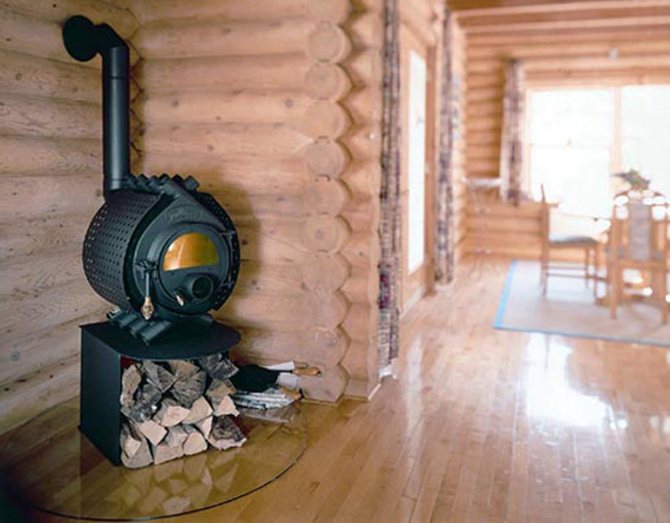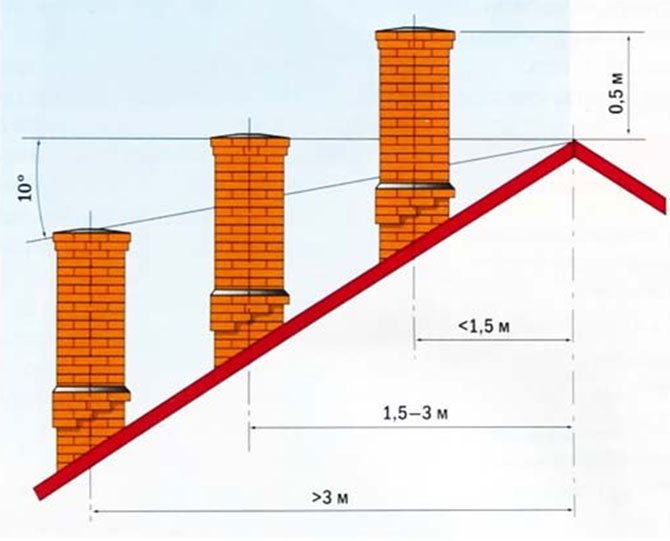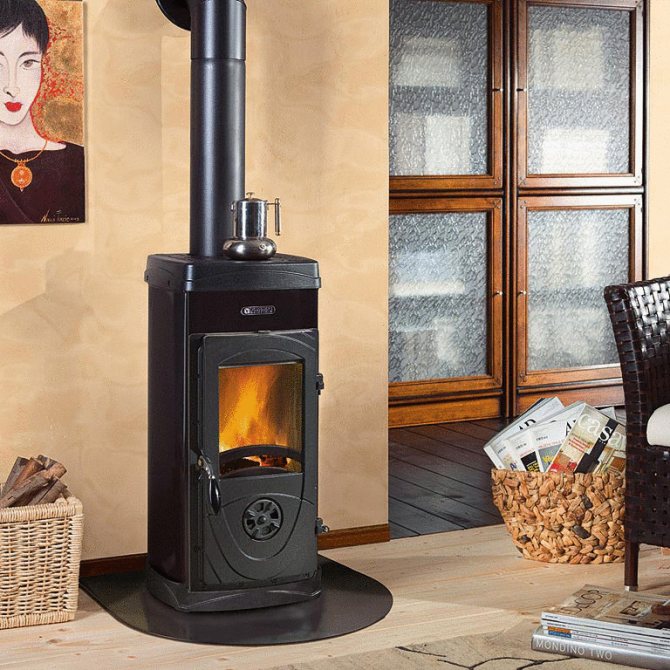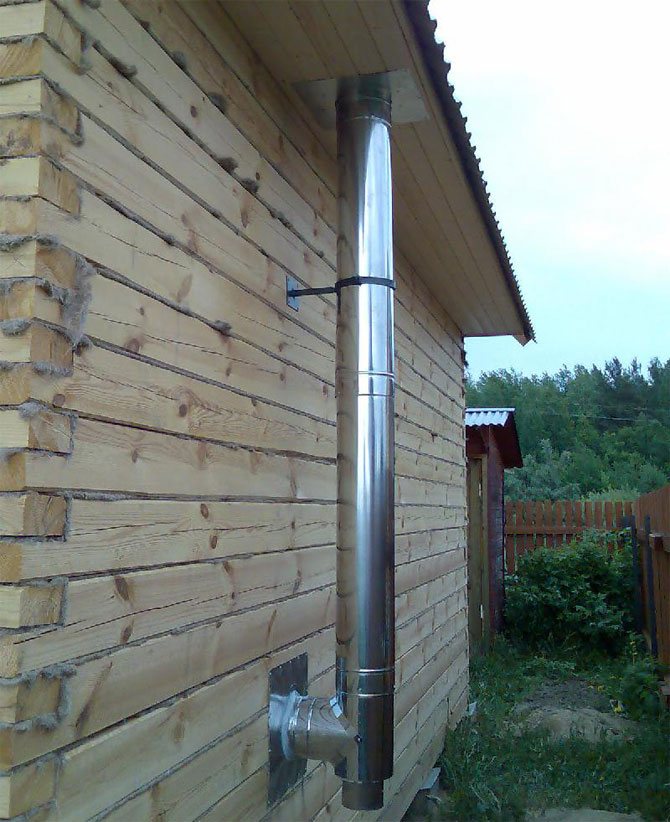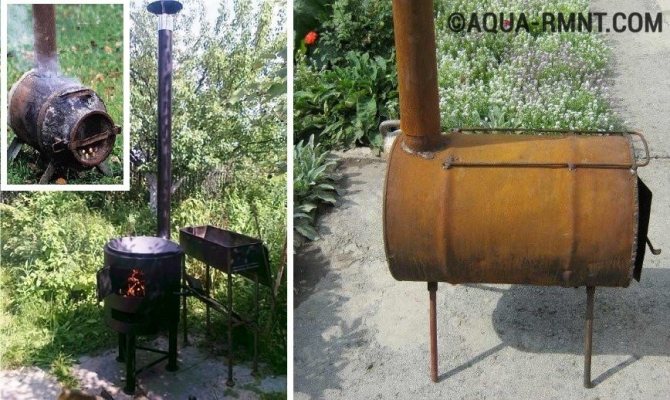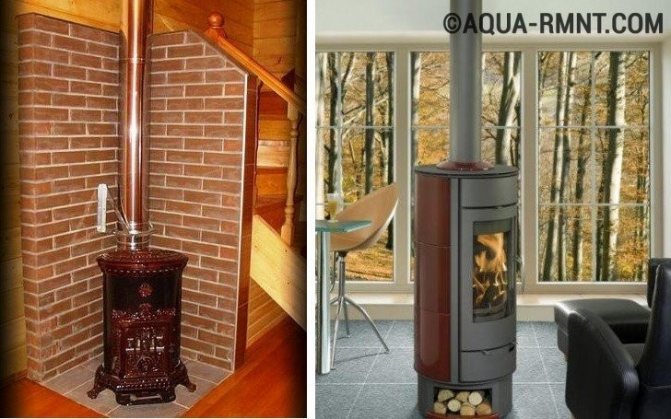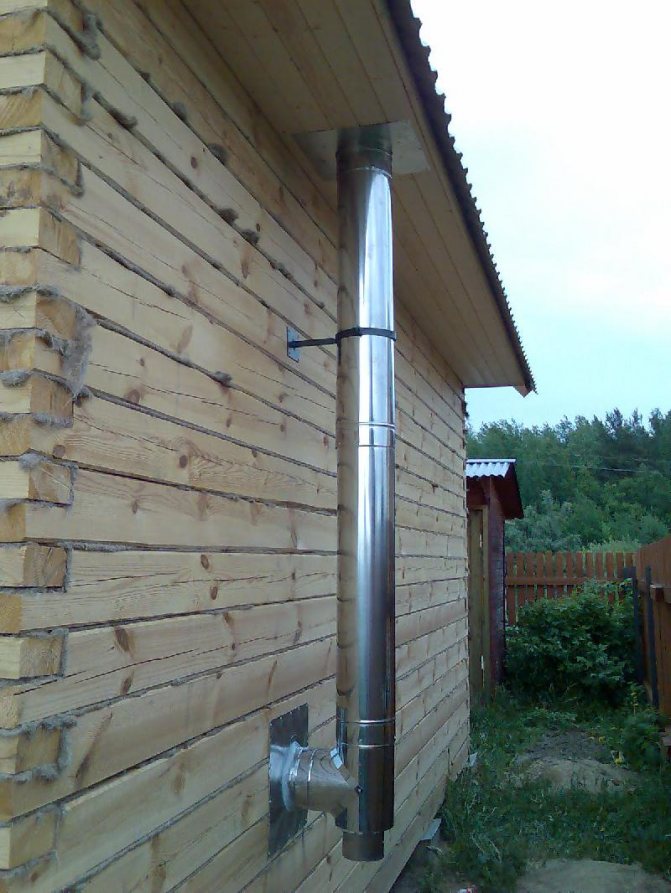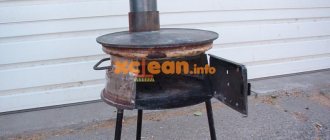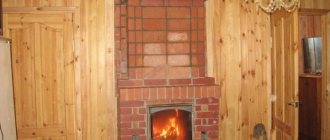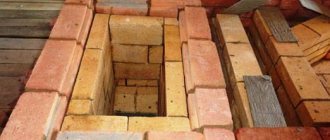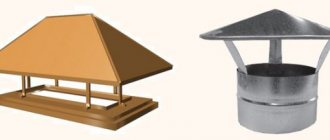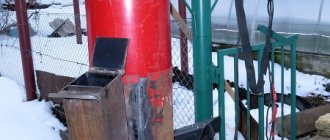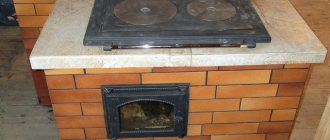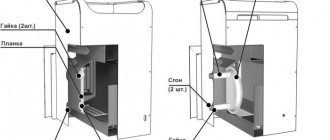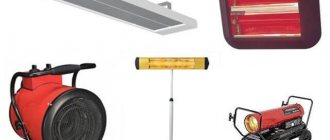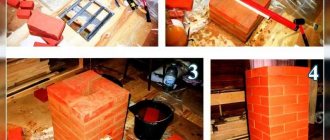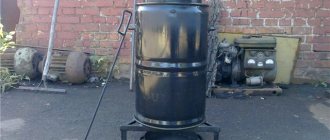Calculation of a chimney for a potbelly stove
After the stove is installed and ready for operation, it is necessary to install a chimney that can function correctly, keep the heat in the room and at the same time prevent combustion waste from entering the air of the room where the stove is installed. To do this, you need to correctly calculate the diameter of the pipe, its length and think over how it will remove smoke to fresh air.
In order for the heating system to have the highest efficiency, it is necessary that the pipe for the stove stove provides sufficient traction.
Expert opinion
Pavel Kruglov
Stove operator with 25 years of experience
The best is the ratio of the pipe diameter to the combustion chamber of 2.7 millimeters to 1 liter. For example, let's take a potbelly stove with a combustion chamber of 50 liters: 2.7 * 50 = 135 mm. It is this chimney diameter that will be optimal for the efficient operation of a 50 liter potbelly stove.
After the diameter of the chimney pipe has been determined, the length of the entire pipeline should be calculated. In these calculations, it is important to take into account not only the location of the potbelly stove, but also at what distance from the ridge the chimney is located on the roof.
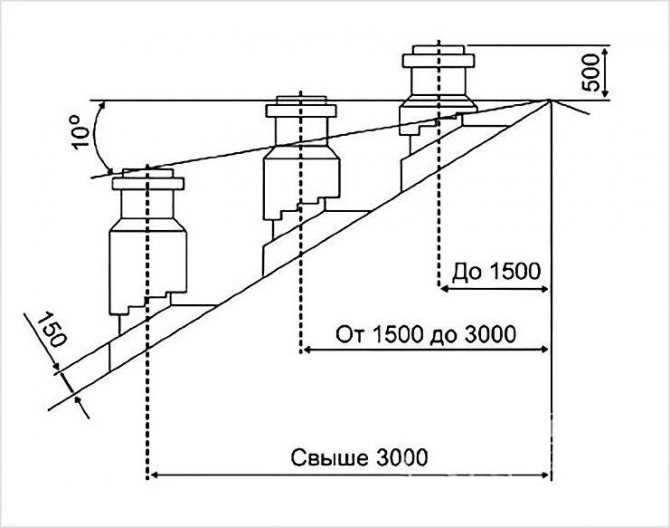
The pipe outlet should be located above the roof according to certain rules:
- The chimney is located from the ridge of the roof at a distance of up to 1500 millimeters, which means that the outlet of the pipe should be located at a height of 50 centimeters above the top of the ridge;
- With a distance of 150-300 centimeters to the visor, the outlet of the pipeline can be located at the same level with it;
- If the chimney is located near the edge of the roof, then its outlet should be slightly lower than the ridge, or at the same level with it;
The second option for the exit of the pipe is through the wall, and not through the roof. In this case, the end of the chimney should be located just below the top of the roof ridge.
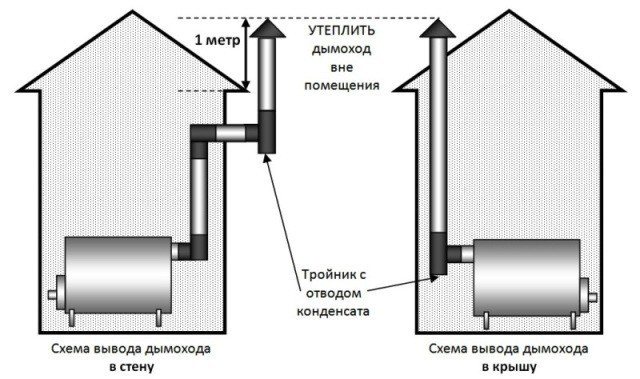

But the main long pipe will be the total distance from the outlet of the pipe to the stove itself - the calculations in each individual case will be different, it all depends on which floor, in which place of the room and at what height, the potbelly stove will be located.
Chimney care
So that the stove-stove always has good draft, and there is no smoke in the room, it is imperative to carry out preventive measures that will help keep the chimney in order.
Any chimney requires periodic maintenance:
- In order for the pipe to be clean of soot deposits, it is necessary to periodically add chemical agents specifically designed to loosen carbon deposits to the firewood being burned. For the same purposes, aspen firewood is also used, which helps to clean the inner walls. To clean the pipe with their help, only aspen firewood is used for preventive heating. It is advisable that they do not burn out quickly, but smolder for the maximum possible time in the firebox. To create such conditions, traction is artificially reduced by closing the blower after the firewood is well heated.
- Mechanical cleaning of the pipe from carbon deposits and rust is carried out annually. To do this, you can use a special cleaning brush with a load.
- After each cleaning, it is imperative to revise the surface by carefully lowering the included light bulb into the chimney. This is necessary in order to detect burnouts or cracks in time.
The process of installing a chimney from ready-made segments is quite simple, and it is quite possible to cope with it yourself. If there is a desire to make parts of the pipe on your own, then it is better to abandon this immediately, especially in the absence of experience in such work.
Since any chimney must be of the highest reliability, and all segments, when docked, must ideally match each other to seal them, it is recommended to install parts made exclusively at a professional level. It must be remembered that the ingress of carbon monoxide into the room from poorly sealed seams or burnt holes is, without exaggeration, a mortal danger.
Materials and their quantity
The list of materials required for the construction of a chimney differs depending on what kind of pipe structure it is decided to install. If the exit is to be carried out directly through the roof, then fewer corner elbows are required.
A standard size chimney will require the following number of pipes:
- 1 knee 120 cm long, 10 cm in diameter;
- 2 knees 120 cm long, 16 cm in diameter;
- 3 butt knees 16 * 10 cm;
- Tee with a diameter of 16 cm and a plug to it;
- Fungus - 20 cm;
- Sealant.
In addition, for the construction of various structures of the chimney, other details may be needed: an anti-spill canopy, a passage glass, thermal insulation materials.
Expert opinion
Pavel Kruglov
Stove operator with 25 years of experience
A huge role is played by what pipes for the chimney from the stove it was decided to purchase, since the number, size and types of elbows will determine which structure will be mounted. If it was decided that the smoke extraction system would be outside the room, then it would no longer be possible to install it inside the building, since then a different set of parts would be required.
Instruments
You only need cutting tools: a grinder, a jigsaw, a knife. All work is carried out manually and does not require special devices.
Installation diagram
There are several types of chimneys, the most suitable type of construction is selected individually.
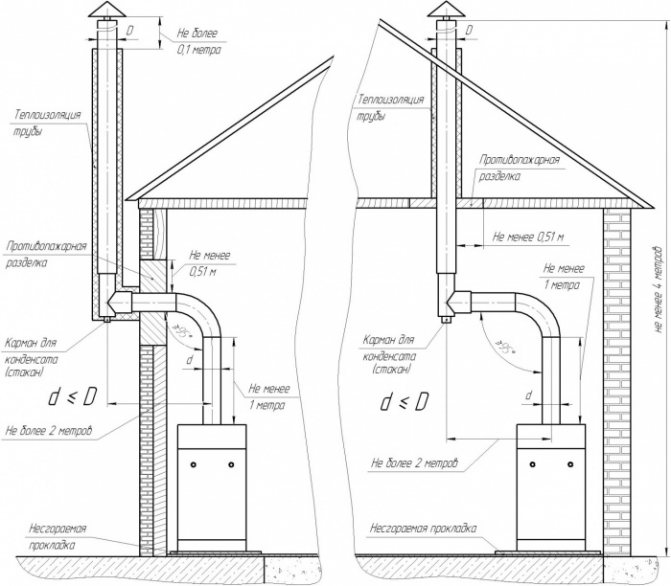

Installation methods
It is important to take into account the collection of condensate in the system, therefore it is necessary to have a plug, a condensate drain and a container for collecting condensate.
If the potbelly stove is installed through the wall from the pipeline located on the street, then it will be advisable to bring the chimney through the window so that you do not have to prepare a hole for the pipeline in the ceiling.
The outer part of the chimney is insulated with thermal insulation, covered with a protective material. A fungus is installed at the end of the pipe, which will protect the chimney from debris, rain, various small animals and foreign objects.
Floor preparation
The chimney for the stove is most often installed in such a way that it passes through the ceiling, therefore, before installing and fixing the pipeline structure, it is necessary to make a hole for it in the ceiling: using a jigsaw or other cutting tool, having a diameter suitable for the passage of a glass for elbows of the internal chimney.
Example of a hole for a chimney pipe
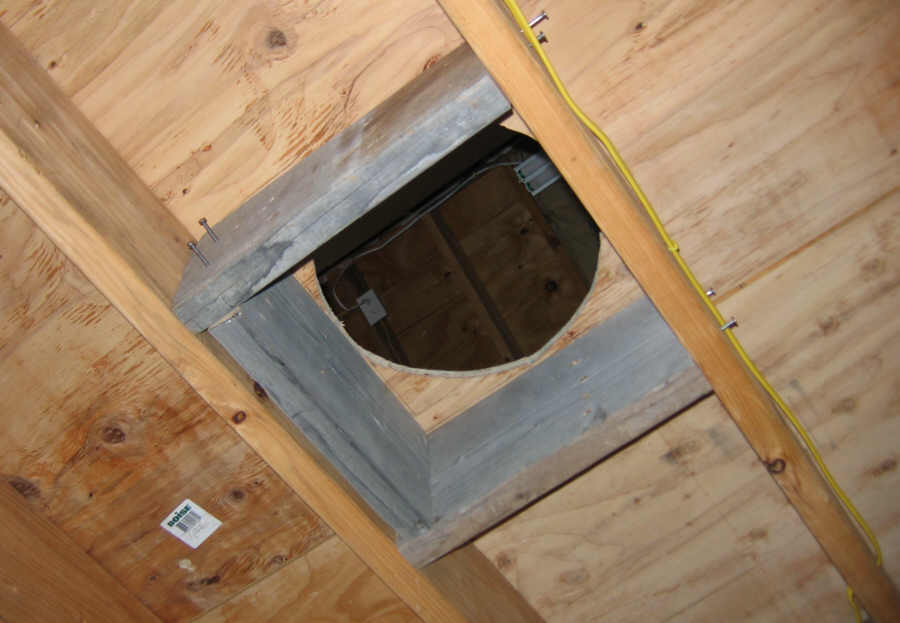

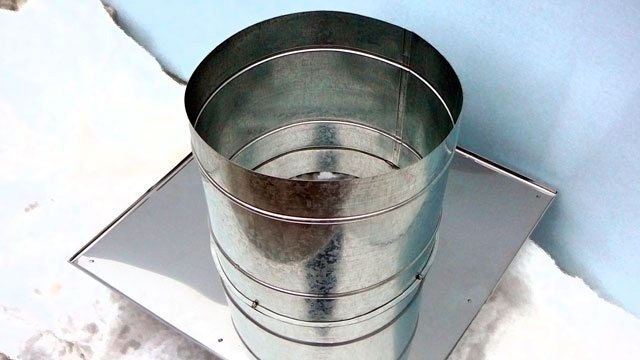

Pass-through glass
A through glass is installed in the hole before the chimney for the stove stove is assembled. The diameter of the glass should be selected according to the diameter of the inner pipe, although sometimes the joint is made before the chimney passes through the ceiling. It should be understood that it is important to firmly fix the glass - it serves as a latch. But besides it, the pipeline must be attached to the surface of the wall.
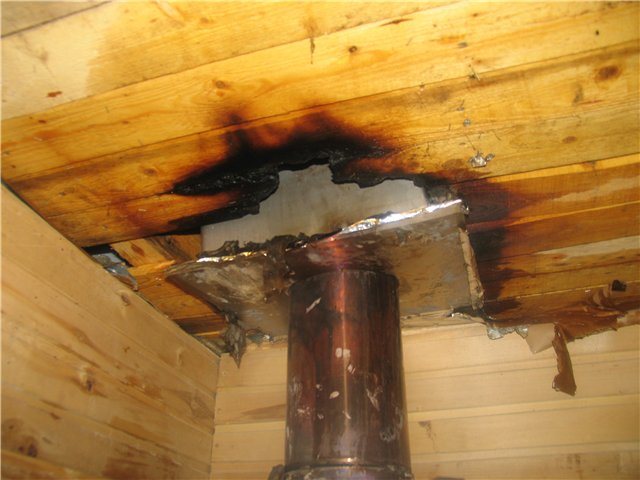

With improper installation, there may be such consequences.
If there are easily flammable materials, insulation or wooden parts in the ceiling, then they must be removed so that they do not come into contact with the passage glass.
After the pipe has been inserted, all this must be sealed with a refractory material, for example, a heat-resistant sealant or special refractory wool.
The following stages of work in the photo:
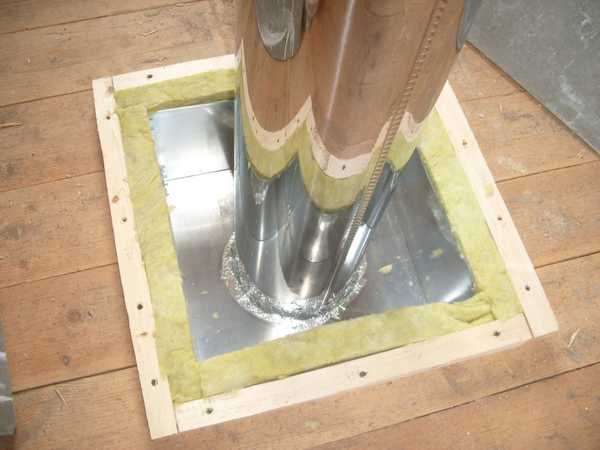

Sealing
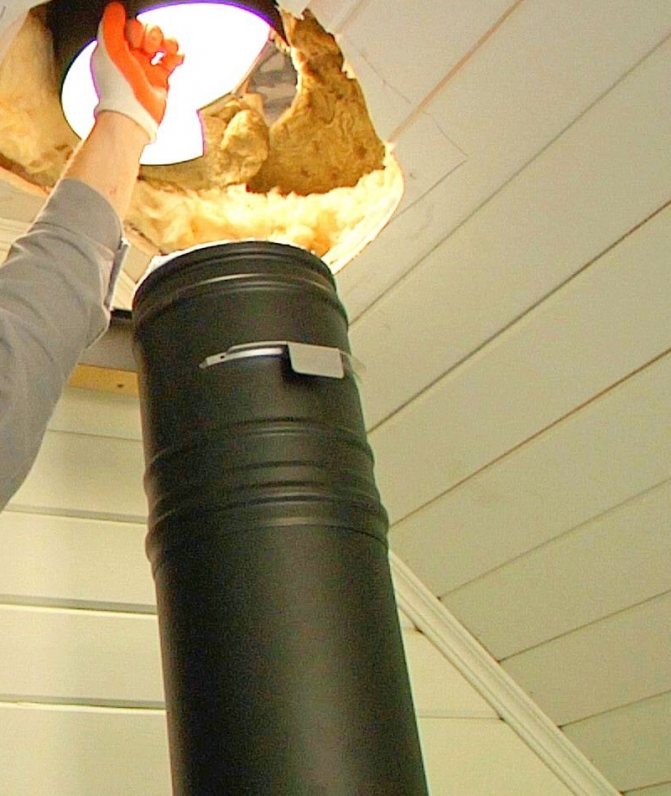

Leading the pipe to the roof
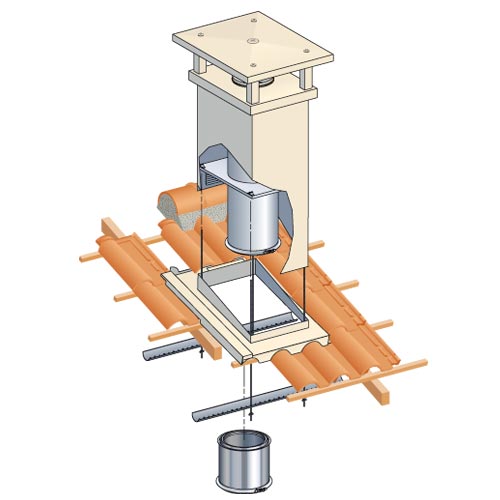

Roof work
At the last stage, you need to put a deflector on the pipe.
Tips for work
- The pipes used in the structure are located exclusively in an upright position; it is best to use special brackets for fixing them, with dimensions corresponding to the elbows of the system. In order to save money, you can make brackets yourself using a metal corner.
- All connections must be treated with a sealant so that there are no holes left through which smoke can escape into the air of the room. There is a large selection of sealants on the market that are suitable for sealing pipe joints for smoke escaping:
- High temperature sealants;
- Heat resistant sealants;
- Heat resistant sealants;
- Heat resistant sealants;
High temperature and heat resistant sealants are used to seal places that reach temperatures of 350 degrees Celsius. Since the chimney for a stove stove heats up to higher temperatures, these types of sealants are suitable only for parts outside the pipeline system.
Heat-resistant and heat-resistant polymers can withstand enormous temperatures, up to 1500 degrees Celsius - they are the most suitable choice for a stove chimney.
Connecting the chimney to the stove
The chimney coming out of the potbelly stove, called the internal one, is connected to the street, external pipeline, in the attic or in the under-roof part of the roof. The beginning of the internal chimney is a section coming out of the stove pipe, which is joined by a knee to the ceiling.
When installing an internal chimney, it is important to correctly connect the pipe to the stovepipe branch pipe - since if this is done incorrectly, smoke may escape into the room air, which will make it impossible for the heating system to function properly.
Expert opinion
Pavel Kruglov
Stove operator with 25 years of experience
The chimney is connected to the stove with a heat-resistant sealant and a special clamp. It is important to make a completely sealed structure, since any gas breakthrough can lead to poisoning those inside the room.
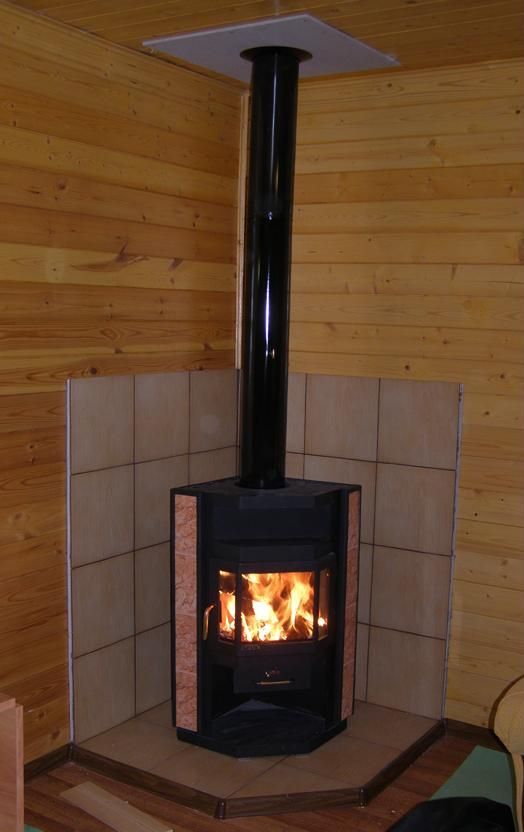

Chimney connected to the stove
Features of the "bourgeois" chimney
The chimney in a potbelly stove consists of two parts:
- heat exchange;
- gas outlet.
The outlet pipe practically did not change over time. Previously, an ordinary metal pipe that went out into the street was directly connected to the stove. Now they use certain materials, and the chimney is connected either after the damper that closes the outlet after the end of combustion, or to the flue duct.
The heat exchange part of the tube is located inside the body. As an improved and fireproof design option, a knee chimney is installed in the stove stoves. The shape of its heat exchange elements and their location determine the type of furnace and the design of the chimney. Ovens elongated in the horizontal plane are equipped with a “smoke chamber” or “hood”. In such designs, the exhaust gases enter this section through an opening in the side wall, thereby increasing the heat transfer of the stove, and only after that they "fly into the pipe".
Vertical-elongated stoves have a more complex chimney arrangement. They use the same knee system, in which spiral channels are used along with knee channels to increase heat transfer. This design traps smoke and prolongs the life of the stove.
Should you brick the pipe?
A metal chimney for a stove does not require special protection from external influences, but due to the visual effect and possible contact with a hot pipe, enterprising owners often brick the pipeline.
Expert opinion
Pavel Kruglov
Stove operator with 25 years of experience
But the construction of a chimney by means of brickwork is prohibited - such structures are not suitable for this heating system, only a galvanized pipe for a stove is suitable for this role, it will provide good traction, it is easy to clean and check for defects. Ease of installation and easy maintenance are the main advantages of this hood.
Choice of material for pipes
Chimney pipes can be made by hand or purchased from a specialized store. The main advantage of self-made pipes is their low cost. In addition, it becomes possible to make a pipe required diameterthat goes well with any homemade stove.
For manufacturing, you need a metal sheet with a thickness of 0.6-1 mm. A sheet of metal is rolled into a tube and fastened along the seam using rivets and heat-resistant sealant. However, it is much easier to purchase a finished product. Chimneys made of various materials are presented on the market:
- become;
- bricks;
- ceramics;
- vermiculite;
- asbestos cement.
In this video, you will learn how to make a heat exchanger:
The choice should not be made in favor of inexpensive asbestos-cement pipes, as asbestos-cement is not designed for use at temperatures above 300 ° C. A pipe made of this material is very heavy, which will cause inconvenience when assembling the system. In addition, the asbestos-cement product absorbs condensate, due to which the functionality of the chimney may be impaired.
The construction of a brick chimney will entail significant costs. Making the correct laying of a chimney for a stove with your own hands is very problematic, so you will need to contact a specialist. Brick construction has a considerable weight, which will require additional strengthening of the foundation.
It is interesting: do-it-yourself chimney.
For the device of a stove stove, metal pipes made of stainless steel or alloy steel are best suited. Metal products have a number of advantages:
- light weight;
- ease of assembly;
- long service life.
Read more: potbelly stove with your own hands.
The lightness of the material will allow you to make the right chimney for a stove on your own. After choosing the material, you can start assembling the chimney system.
Care and cleaning
The overall quality of work and the efficiency of the heating system directly depends on the condition of the chimney, so you should periodically pay attention to systematic maintenance of it.
It is necessary to conduct a complete inspection of the pipeline annually for cracks, burnouts, rust and other defects that can lead to unpleasant consequences. During the inspection, you should simultaneously clean the entire structure of the chimney from soot - this can be done by burning aspen wood in the stove.
Output
Installation of an exhaust pipe for a stove is not a complicated process and can be carried out independently, without the involvement of specialists. The main thing is to comply with fire safety rules, do not allow the chimney to come into contact with easily flammable materials and monitor the tightness of the structure.
With a responsible approach to the installation of the stove and the installation of the chimney, as well as correct operation, no problems will arise when using the heating system. If the installation of the entire system is incorrect, then like a boiler or fireplace, a stove can cause a fire.
General information about potbelly stoves
They represent a small metal stove, which in most cases has a cylindrical shape. The chimney for a potbelly stove is also made of metal.
Now such handicraft stoves are often installed in small residential and utility rooms in order to heat them. Less often, stoves are used in buildings when the use of stationary heating devices will be financially unprofitable.
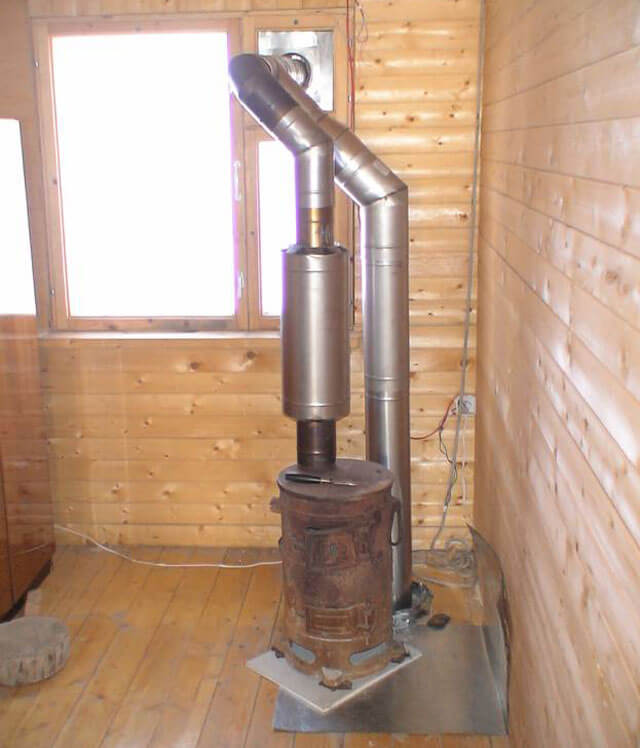

As for the advantages and disadvantages of such a furnace, they are interconnected, since the unit heats up rather quickly and gives off heat, but at the same time it begins to cool down just as quickly. In addition, when you touch a hot potbelly stove, you can easily get burned.
For the above reasons, many refuse to use such a stove, preferring modern heating devices that require less solid fuel.

